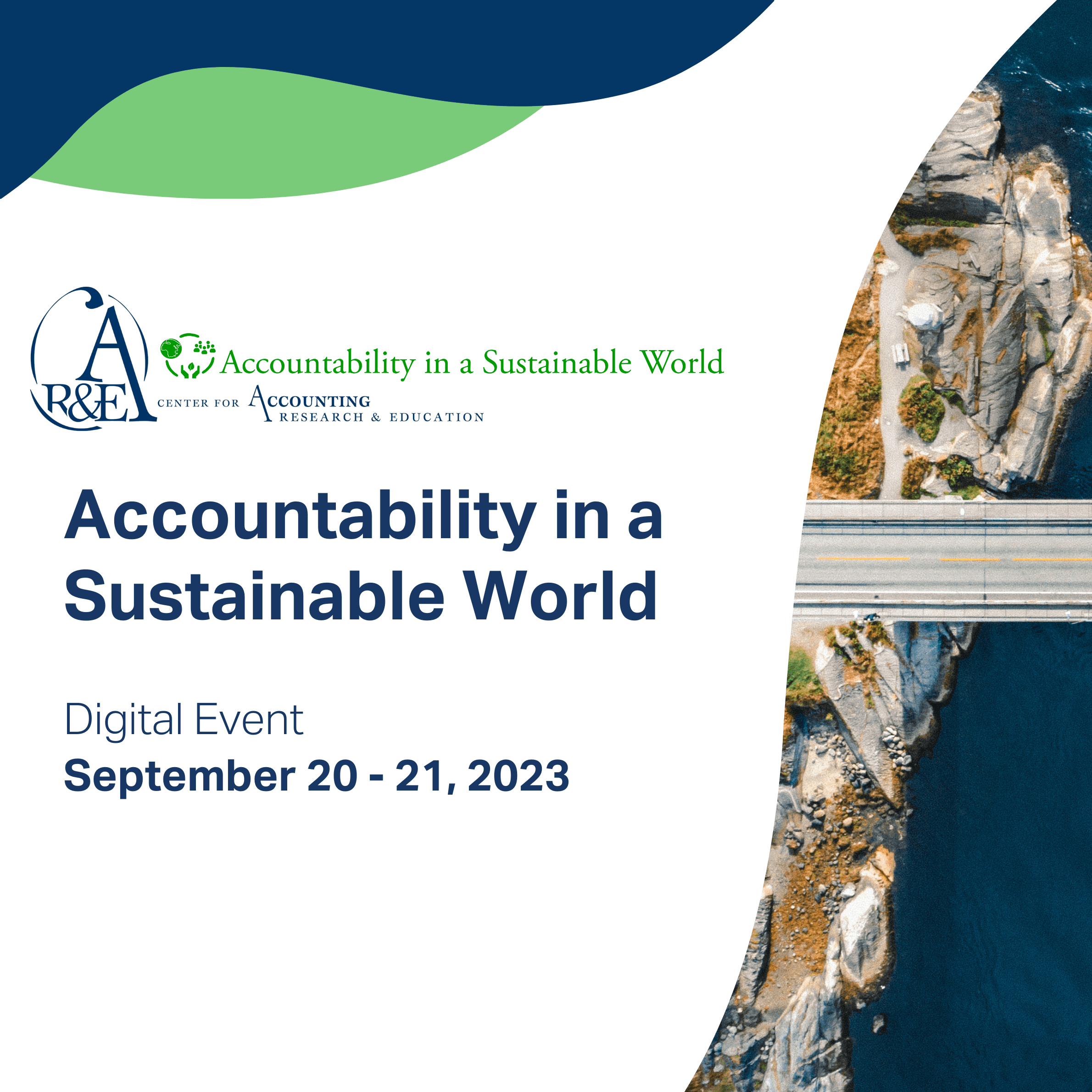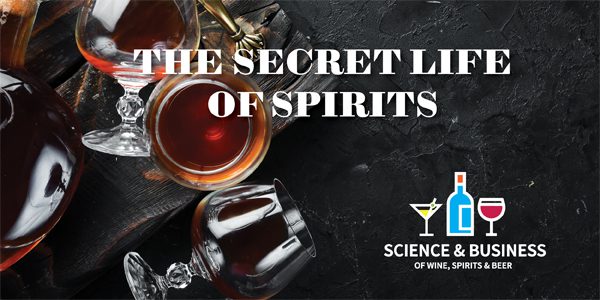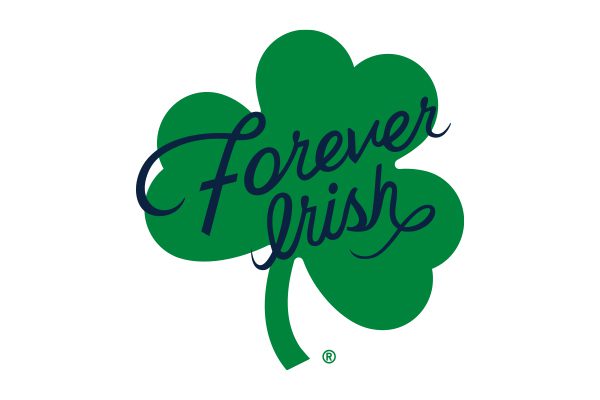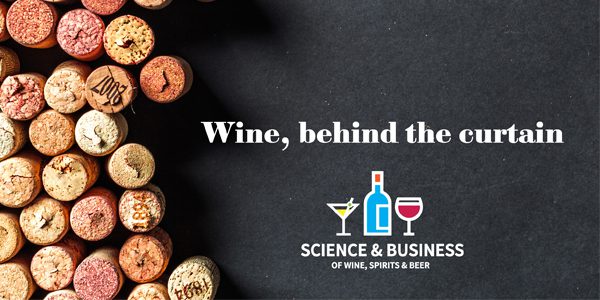The second virtual event in the series Wine Behind the Curtain explained the concept of Terroir and how the context of grape growth helps define wine quality. This event was moderated by Holly Goodson, a biochemist in the Department of Chemistry and Biochemistry at the University of Notre Dame. Goodson was joined by Andrew Waterhouse ’77, the Director of the Robert Mondavi Institute for Wine & Food Science at UC Davis and Co-Editor in Chief of the Journal of the Science of Food and Agriculture and Paul Hobbs, world-renowned winemaker and owner and vintner for eight wineries. This discussion included conversations about the components of a great vineyard site, critical decisions in running a respectable vineyard, and the importance of skilled labor in executing wine production. The session concluded with an opportunity for the speakers to answer questions from viewers.
With their wine glasses in hand, the group pondered how the location of a vineyard might affect the taste, feel, and quality of the wine produced. Certain regions like Chianti and Napa are famous for wine in large part because of the climate that fosters grape growth. Great winemakers consider the minutia of an environment – the terroir, or all factors of a natural environment in which a particular wine is produced, including soil, exposure, air and water drainage, and climate. Hobbs includes human factors like culture and particular wine-making traditions in his definition of terroir, and additionally notes that the concept of terroir can be applied to other foods. Particular areas are more appropriate for different types of wine, such as Cabernet thriving in warmer climates, to retain the key elements of a wine’s flavor and body.
The group also discussed wine production in the United States, a business proposition initially frowned upon by European winemakers who viewed American climates as unsatisfactory for good wine. However, Hobbs clarified that many different topographical sites can produce good wine, so long as the right decisions are made pertaining to what wine is produced and what manipulation methods are used to make the most of the climate. Controlling a natural environment is no easy task, especially as temperatures or day lengths fluctuate and animals circle in on growing lands. Therefore, winemakers must know their environments well.
Critical decisions in winemaking include when to pick and harvest grapes, typically based on sugar accumulation, and how often (and when) laborers might populate the vineyard. Often, these decisions are impacted by the number of laborers (and thus the price bracket of a wine), the availability of a winemaker who must taste the grapes before further wine production, and scheduling complexities regarding the execution of a harvest. Mechanical equipment versus human labor also impacts efficiencies and quality. Each of these decisions are made throughout the life of the grape including canopy management, pruning, shoot suckering, yield thinning, accumulated sugar management, harvesting, etc, and a skilled labor force is responsible for that work. The dynamic of this work force is shifting as vineyards have larger budgets to employ more valuable, higher trained workers year-round at more respectable salaries compared to employment practices of the past.
Goodson, Waterhouse, and Hobbs concluded their discussion by addressing the impacts of climate change on wine production. Fluctuating rainfall and flooding has immense effects on grape production, but remains difficult to anticipate and will likely continue to deteriorate.On the other hand,, fires can be prevented and many California-based wineries like Hobbs’ are employing and promoting fire-safe practices to protect their lands and the climate as a whole. The best decision a vineyard owner can make is selecting grounds far away from the impacts of drought, forest fires, and changing temperatures. The group also discussed sustainability and biodynamic farming within the wine industry. Hobbs views alternative growing methods as interesting; however, the quality varies, and if farming is to truly become more sustainable, other methods need to be perfected. Questions from viewers tackled current issues like climate change and sustainability, as well deeper questions about terroir and wine-growing geographical preferences.
Visit the event page for more.







